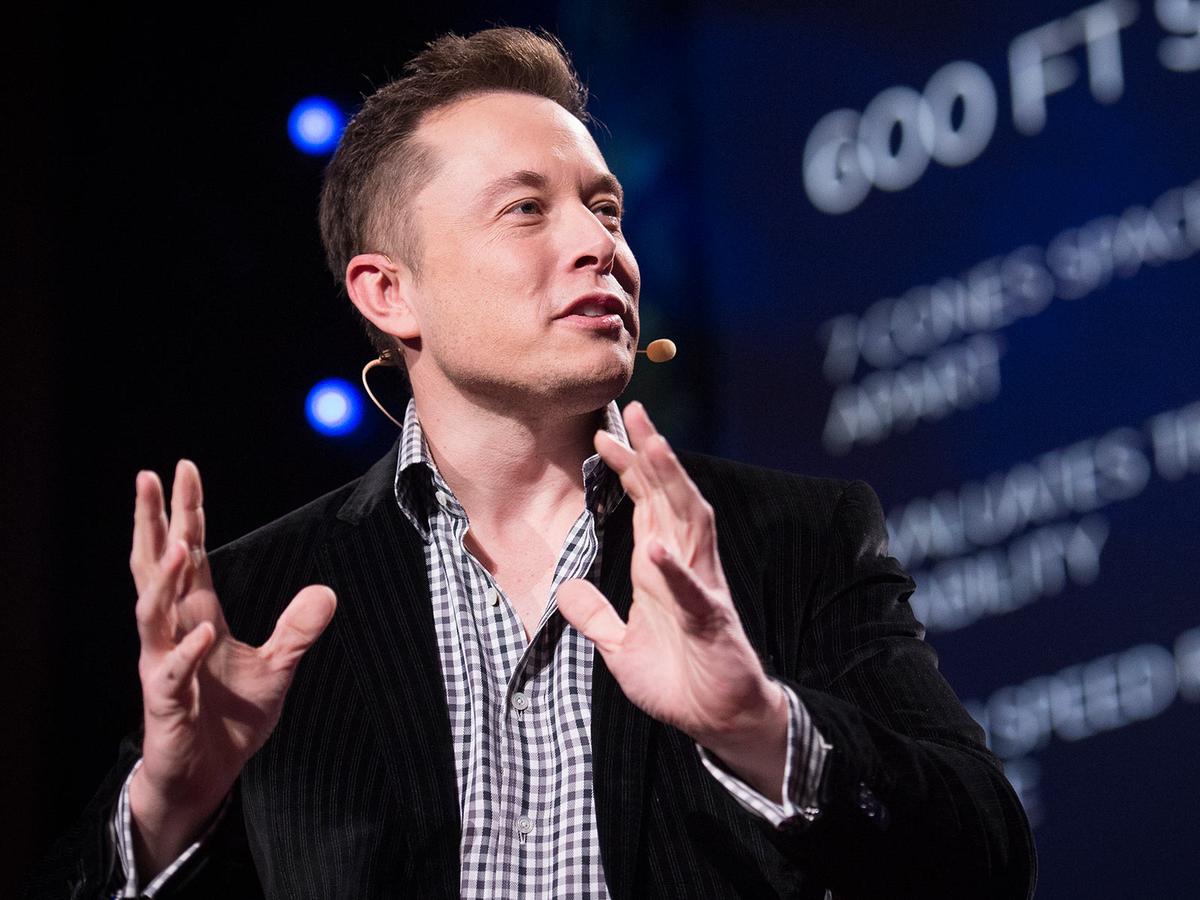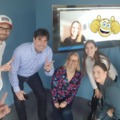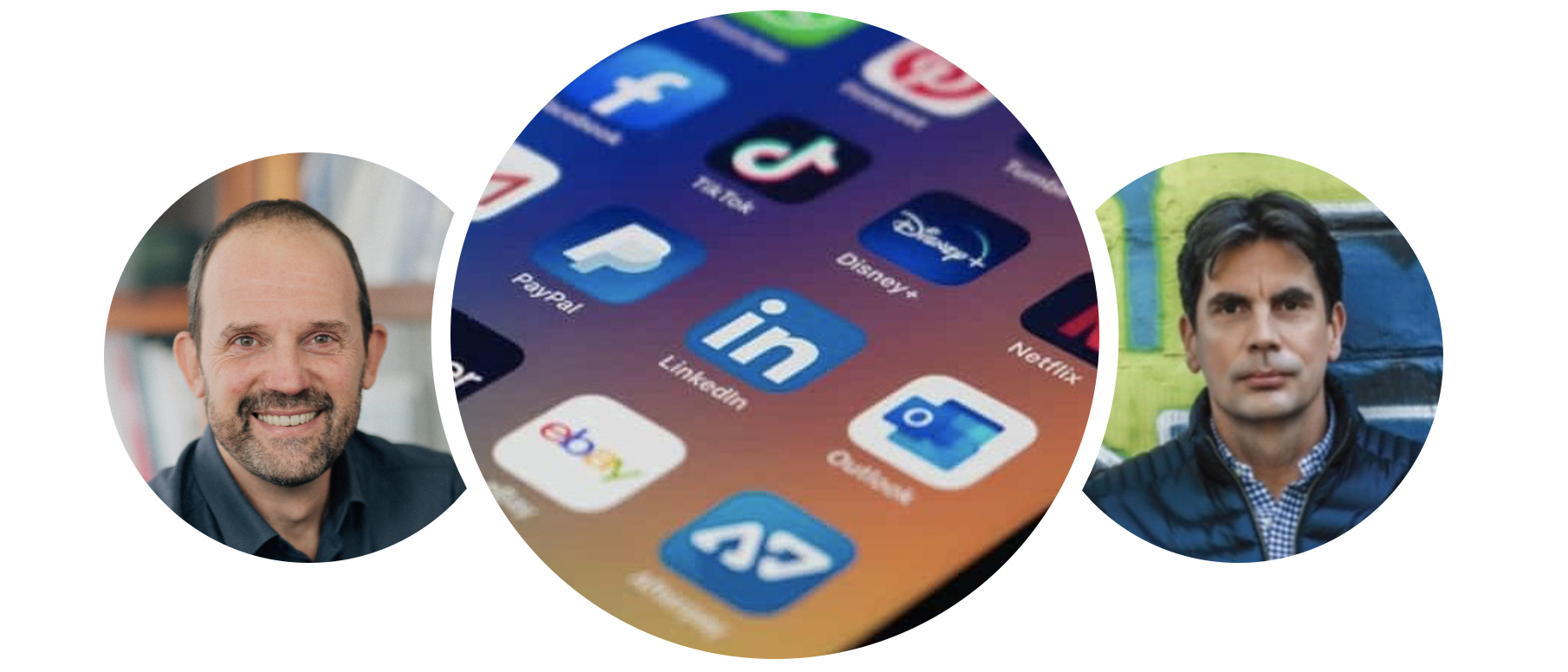
I always loved to watch sci-fi movies, learn about new technologies and new models. In the last decades, many things have happened thanks to the digitalization boom. It is always interesting to think what the main drivers of this new area could be.
A lot of new models have grown up recently, which are redefining existing industries. Amazon, Netflix, Uber, Transferwise, Airbnb are just a few examples. It is always interesting to think about how they are organizing themselves and how they are redefining the rules of the game.
What is the big magic behind it?
I have found the following common characteristics:
- Understand the basic need
These brands all aim to go back to the basic need of the client. They aim to be service/solution providers and not hardware providers who own the assets (E.g. UBER has no cabs, Airbnb has no flats…)
What is the basic need?
- Amazon – What people need is not a library, bookstore or even a book. They want to read!
- Netflix – What people need is not a cinema, a DVD player, and a disc. They want to see good films wherever they are!
- Uber – What people need is not sitting in a taxi. They want reliable, cheap transport from A – B!
- Transferwise – What people need is not a bank or a bank account if they make an international transfer. They just want to send money cheaply!
- Owning the clients and all data around
These companies want to understand the client on a maximum scale. In these models, there is no question who is the "owner" of the client and all client data. They are. This is one core element in their data strategy as well.
- 100% centralized and cross country
By design, these models are fully centralized, automatized in operation and this is how they make all major product developments as well. If a product adaptation would be too complicated to localize in one country, they simply leave that market to keep the operation structure as simple as possible.
- Digital in DNA
It is not accidental that the majority of these businesses started as digital companies. All of them are basically digital/IT service companies with some "specialization" for retail sales (Amazon), transport (Uber) or visual content (Netflix).
What about the insurance industry?
Back in 2014 -2015, I used to deal a lot with these issues. I have been in the insurance industry since 1998, and I wanted to do something new. Plus, in light of technological developments, I was not very happy about the direction our models and services were going.
Based on the above-listed learnings, I decided to think over what could/should be changed in retail insurance to avoid marginalization and lose client relevancy in the upcoming decades.
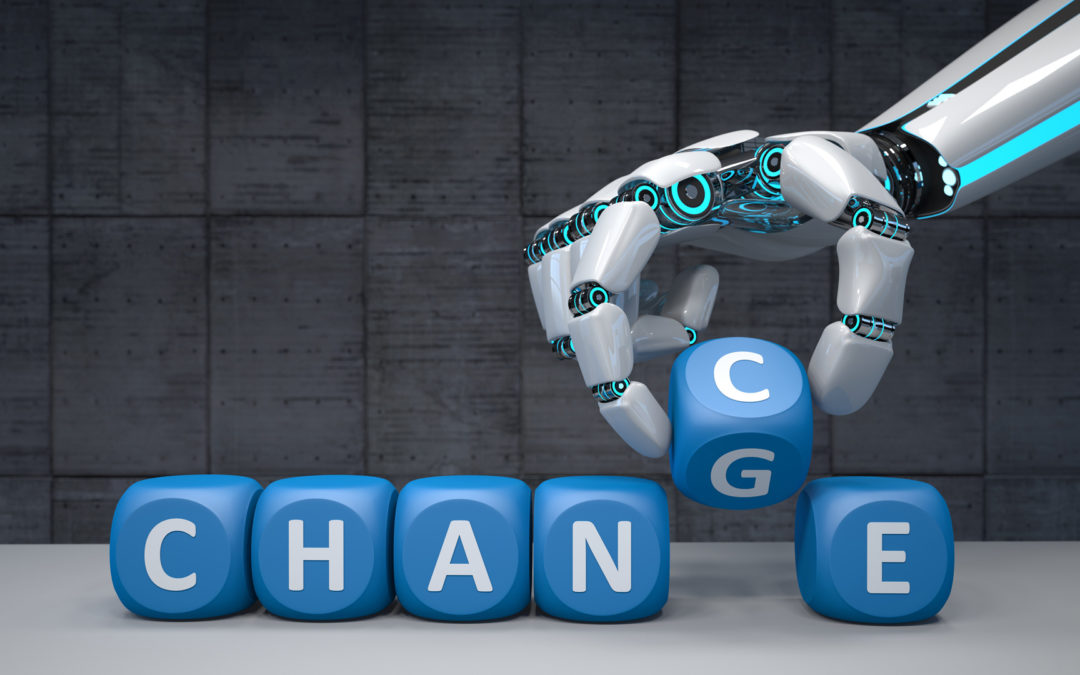
As a result of "rethinking insurance", two strategies/theories have been born:
- "6 transformations" of the insurance industry. It is about the six major changes our industry should go through to "stay alive and keep relevancy".
- Insurance 2.0. This is about how the new generation of the operation model should look like. The main goal should be to rebuild insurance from zero, with all the tools and technologies available today. This is basically the V0 version of CHERRISK.
Both topics are worth a separate post, and that is exactly what will happen soon :)
Dilemma 1.: Structure vs. Strategy
The "6 transformations" concept's primary point is to put the client in the centre of the transformation. This sounds good, but as we all know, if your structure does not follow your strategy, you have a pretty fair chance to fail. The insurance industry is per definition (even regulation-wise) organized by products, not by client segments.
In 2016, when I took over the CEO role of UNIQA Biztosító, the company and the whole UNIQA Group was in the classical life and non-life split.
That was when I met dr. László Eszes (Laci) for the first time, and started to work together on the transformation of UNIQA Biztosító. He was not in an easy situation with a technical guy like me :)
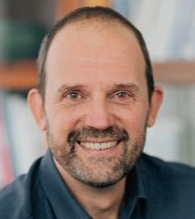 Laci:
Laci:
"When we met first and Krisztián explained me the situation, his vision, and his plans, I felt it was an advantage that my previous experience was in several other industries (mainly telecom, IT, banking, manufacturing and FMCG) but I had not worked in/with insurance before. It allowed me to really look at things from the perspective of the naive external observer. Having understood Krisztián’s “6 transformation” concept and looked the org-chart of Uniqa, one of my first questions was: “if in insurance you claim that you are all about serving your customers, then why are you organized around products?”. For the service industries where I had worked before, it was natural to be organized by customer segment, in Telekom for example, the debate that time was only in the details, e.g., whether the really small SME’s (the SOHO segment) should belong to the Retail or to the SME division. Krisztián’s answer was that it had been always like this in the insurance industry, but we soon agreed that if we are serious about the vision of putting the customers in the center of our attention, then we should change it!"
It was quite clear from the beginning that it would be impossible for the fresh CEO of a loss-making company to immediately push through an entirely new operational structure. We had to slice up our "structural journey":
Step 1: Simplicity program with a high client focus
Step 2: Turn to client-centric organization
Laci always "nagged me" whether I know my "I have a dream speech"? I knew it, but I felt that it was too drastic politically and organizationally to announce it in 2016 in the traditional environment UNIQA was at that time.
 Laci:
Laci:
"The story and the vision were great, I felt that we had at our hands most of the important ingredients of a successful transformation:
- There was a young CEO with a superb purpose (rethink insurance and make it an industry which everybody can be proud to belong to) and an exciting vision.
- We had a Board who had the trust in each other, a true alliance to make it happen together and the professional competence needed.
- An industry that is ripe for change and the technology that can drive that change.
What was missing, and we had to create fast was a strong HR function that can support the required cultural transformation and put the focus on people."
For two years, we were pushing the simplicity and client satisfaction topics to prepare the big jump to the new structure. By 2018 we:
- decreased the number of products from 300+ to 40+,
- managed to gather hundred thousand client feedbacks on a 5-star rating system every year,
- turned the company to be profitable.
During this transformation process, a regular "Gárdony" (holiday place near a small lake) mid-management off-site meeting played a key role.
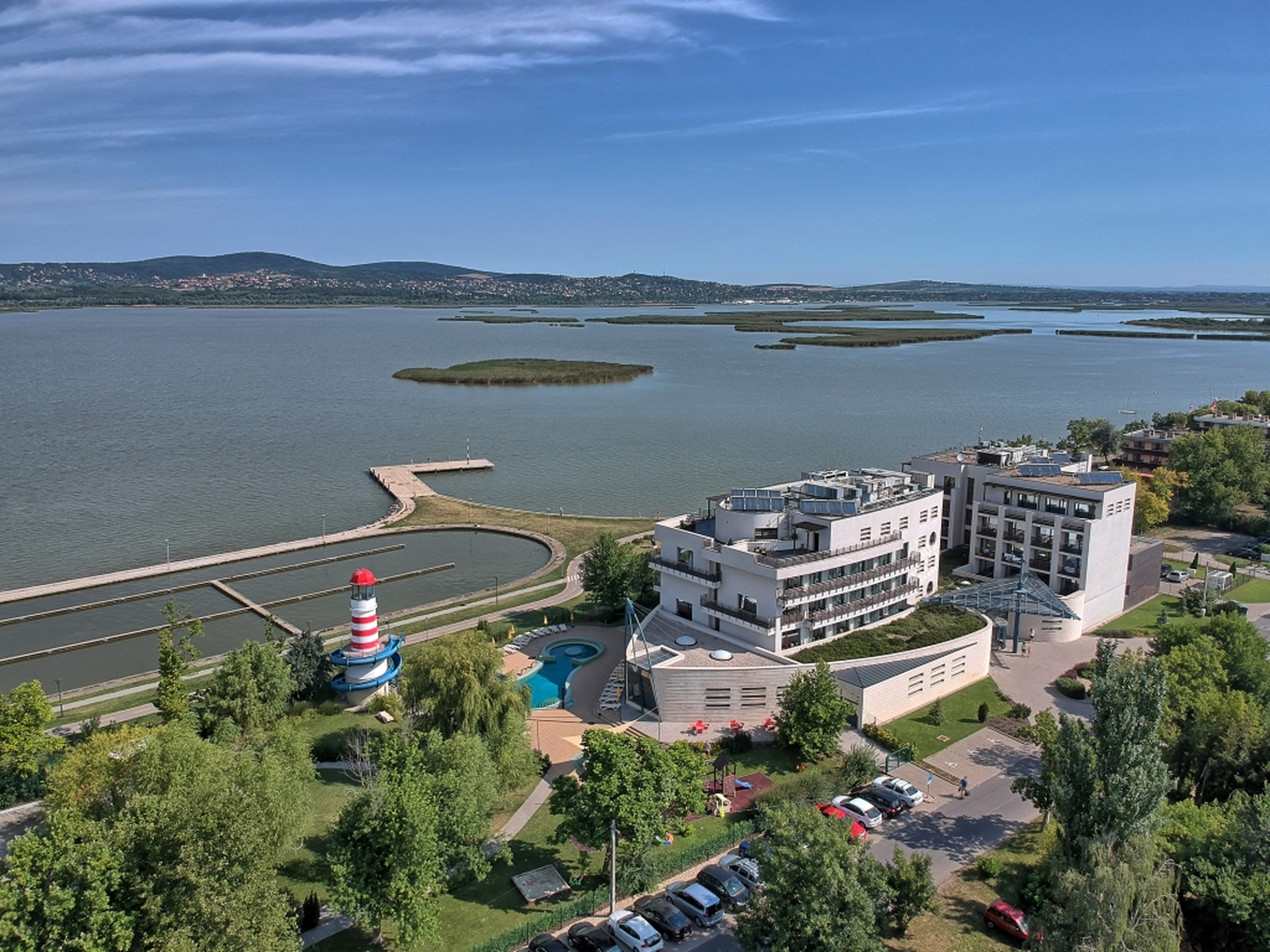 Laci:
Laci:
"“Gárdony” soon grew to an internal institution: each year, we had a “Spring Gárdony” and an “Autumn Gárdony” where all mid-managers got together for two days and discussed the current topics of the transformation journey. The choreography of the Gárdony events soon became a ritual: 30-40 mid-managers getting together in the same hotel by the lake, in the same room, around tables in mixed groups, always welcoming somebody new on the team (there were many changes especially in the beginning), Laci is the facilitator, Krisztián making a speech in the beginning about where we are on the journey and what are the next steps ahead, discussing these topics in all combinations of small and big teams, the occasional outdoor or indoor teambuilding exercises, and a dinner together with lots of conversation usually until (very) late in the night."
By the beginning of 2018, we were ready for the big restructuring jump. :) We were lucky enough to get support from the Group to go ahead with it as a pilot. So, in Q3 2018, three years after the original idea was formed, we changed to the new structure.
The most significant learning/feedback became visible on the Gárdony event when we announced the new structure.
Laci:
"We prepared for the announcement of the new structure to the middle managers with all sorts of plans and scenarios: presentation, discussing in small teams, Q&A session, debating it, what if there is resistance or lack of understanding etc. But after Krisztián announced it, the whole team went: ok, of course, this is logical, what’s the next point on the agenda? We even had to replan the event because the acceptance of the new model was so fast and smooth, that we could bring further topics forward…"
Somehow, the structural change "simply" became a consequence of our past two years' systematic client-focused journey. (Recently, UNIQA Group also changed its structure to a client-centric one partly based on our learnings.)
 Biggest learnings by Laci:
Biggest learnings by Laci:
- It is so much better to lead change when you derive it from a good, motivating cause or purpose than to introduce change based on top-down orders or simply to improve certain KPI’s. Improvement of financial performance should not be the purpose of change. If you have a good purpose and you make everything needed for the purpose, then improved financial performance will simply be the outcome.
- Even big, paradigm shifting changes can be prepared in a way that when you finally introduce it, it comes as a natural, smooth step (rather than a big-bang shock that you have to manage and “heal” for a long time after the announcement/ introduction).
- It is so much more productive to lead change with an aligned leadership team (Board). Many times, most of the energy and time invested into a transformation is spent on managing somehow the internal power-fights and competence gaps.
At the end of the day, the client focused strategy pushed the system forward a new, client centric structer, in an industry which is traditional product driven..!
Next time we follow up with the following dilemma as well with Laci.
Dilemma 2.: Innovation in or out? Why keep CHERRISK "inside" till now?
Till than you can read this as the next one a few toughts about if motor liability insurance will disapere in the current form...:
A bejegyzés trackback címe:
Kommentek:
A hozzászólások a vonatkozó jogszabályok értelmében felhasználói tartalomnak minősülnek, értük a szolgáltatás technikai üzemeltetője semmilyen felelősséget nem vállal, azokat nem ellenőrzi. Kifogás esetén forduljon a blog szerkesztőjéhez. Részletek a Felhasználási feltételekben és az adatvédelmi tájékoztatóban.

